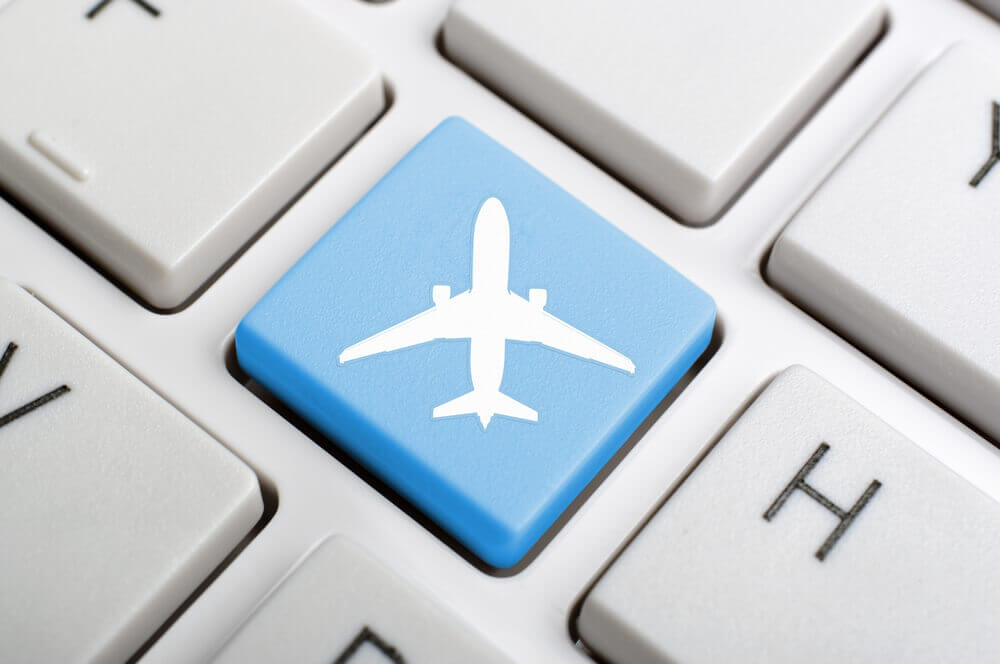
There is far more to ancillary revenue than meets the eye and airlines and are starting to recognise that more clearly defined products could pay off.
‘Ancillary’ is a new focus for airlines, with many asking just how much they can gain in revenue for incremental services not included in the base fare. However, my belief is that to truly meet customer needs, airlines must rethink the way they view ‘ancillary’.
Indeed, when airlines view ‘ancillary’ as incremental purchases to a basic travel product, they are mislabelling what should really be the definition of a customer-driven product. So instead of ancillary, airlines are now offering a new menu of products, which instead of being incremental to a base product, have become products in their own right. But if the base product meets the needs of only a tiny subset of customers, are add-ons still considered ancillary?
You see the base product varies widely. Take ground transportation. When customers shop for automobiles, there are many options, including even additional cup-holders or seat heaters. The base product can vary even more widely. For example, Lexus doesn’t have a ‘bare bones’ model that competes well with a Kia; an SUV isn’t positioned as ‘basic transportation’ with a longer chassis and, as a sell-up option, more storage space.
The question then is can airlines reposition their offerings as different products for different segments rather than merchandising, what is for some customers, a wholly undesirable ‘base’ product plus assorted ‘add-ons’.
Of course, the current positioning of ‘ancillary’ comes from customers’ historic focus on the lowest fare. In fact, historically airlines have learned to be incredibly focused on ensuring that no competitor has a $1 fare advantage over them.
Savvy customers
Many airlines purchase competitive fare tracking systems to ensure they know when a major competitor is offering a lower fare so they can quickly match it. But aren’t customers now, if slowly, learning that the lowest fare isn’t necessarily right for them? Don’t customers know that one carrier’s $79 fare is ‘classic’, including free checked bags and no change fees, while another carrier’s $79 doesn’t even allow carry-on bags?




